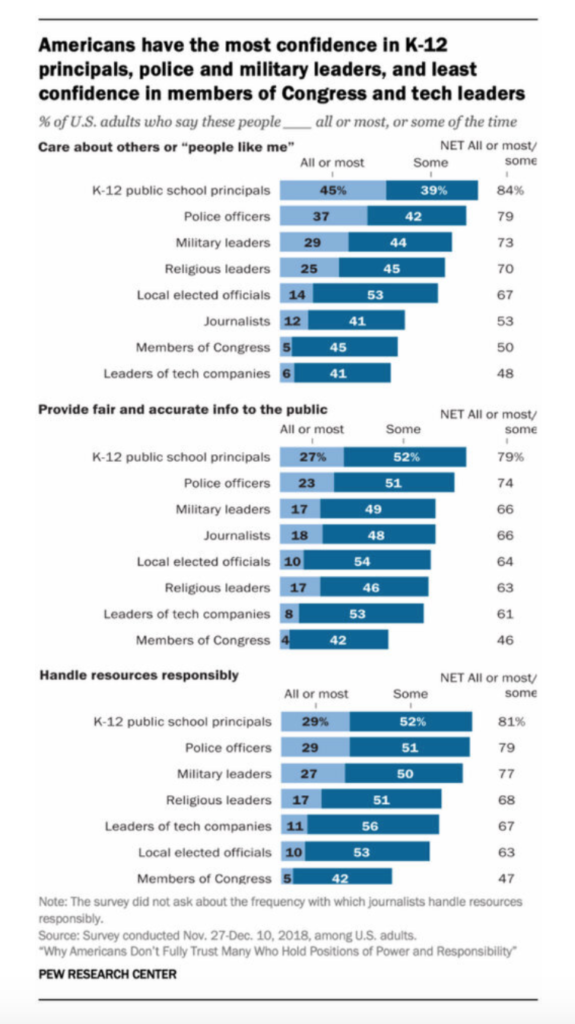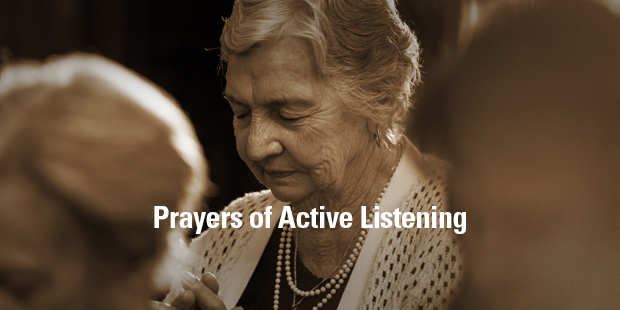A recent article in the Atlantic cited 17 questions every college should be asking. The point was that “we need a serious conversation about the future of America’s universities.”
They’re right.
We do.
And the questions they posed were good ones, including:
-
What is quality, and how should it be measured?
-
If we were building from scratch, would we make almost every program the same four-year duration?
-
We are witnessing the emergence of high quality, low-cost ways of learning online. How should we think about hybrid curricular options—that is, the mixing of new forms of pedagogy with old—that might be available to us? How will this affect the residential model?
-
Will most extant institutions survive the coming ed-tech disruptions in roughly their current form?
In the same spirit, what questions should every church be asking if there were to be a serious conversation about its future?
There are so many that could be asked that would reflect bleeding-edge issues in culture, but for the church, it has to begin with the most foundational questions.
Five come to mind, along with what I would argue the answers should entail:
1. What is the purpose of the church?
To use marketplace terminology, understanding our purpose is understanding what business we are in. What is the business, or purpose, of the church?
From the earliest biblical portraits of the church in Acts, in light of the settled teaching of the New Testament, it is clear that there is a five-fold purpose for the church: evangelism, discipleship, ministry, worship and community (e.g., Acts 2:42-27). Put more actively, we are to evangelize the lost, assimilate the evangelized, disciple the assimilated, and unleash the discipled for ministry and evangelism. This is what the church does.
Of course, churches too often lose sight of this. Rather than worship or evangelism, a church can fall prey to thinking that its purpose is keeping up a tradition, holding a particular event, meeting a budget, or maintaining a building. These activities may flow out of a purpose, but they do not make up the purpose of the church itself.
As a result, the foundational purposes of a church must reign supreme. When they do, renewal flows. According to a study of faith communities in the Executive Summary of a Report on Religion in the United States Today, congregations with a clear sense of purpose feel vital and alive. A purpose-driven mentality is able to look to the future, as opposed to clinging to feelings of unity based on heritage (the past).
2. What is the church’s mission?
Think of the church’s mission in military terms. It is one thing to know the purpose of a particular military unit, such as being an infantry division. It is another to know the specific “hill” the unit is trying to take as that infantry division. This has to do with mission. A church might understand its purposes but not know what it is trying to accomplish through those purposes. If the biblical purpose of the church involves evangelism, discipleship, ministry, worship and community, then the mission question is simple but profound: What specific objective is the church devoted to accomplishing through those purposes? In other words, what is the church trying to do through evangelism, discipleship, ministry, worship and community?
Jesus made many statements that spoke to how He desired the various purposes of the church to come together in a singular mission. The most well-known is often called the Great Commission (Mt. 28:18-20). According to this passage, the mission of the church is to reach out to nonbelievers and develop them, along with existing believers, into committed followers of Christ. This is the mission that the purposes of the church are intending to accomplish.
Yet I am not the first to observe that many churches have other missions in mind for those who walk through their doors, such as wanting people to “believe like us” doctrinally, to “behave like us” morally, to “have an experience like ours” emotionally, to “become like us” culturally, to “support the church like us” institutionally through time and money, or to “participate with us” sacramentally through baptism, confirmation or communion. These goals are not in and of themselves wrong. The problem is it would be possible to realize most of these goals within a life and still not be a Christian. In other words, they have little to do with the actual mission of the church.
Even more disturbing are those surveys that find that the vast majority of church members believe that the mission of the church exists to take care of their needs—as opposed to win the world to Christ.
3. Whom are we trying to reach for Christ?
The most common answer to this question is “everyone.” That is not a good answer.
In truth, no single church can possibly reach out with equal effectiveness to every conceivable person. The more focused a church is on whom it is trying to reach, the more effective it will be at reaching them. So no surprise that from the earliest days of the church, as recorded in the New Testament, it has seemed to please the Holy Spirit to birth a wide variety of churches in order to reach a wide variety of people. Churches, therefore, are wise to examine such issues as geographic location, demographics and culture.
The implications of such an understanding are far-reaching. Once a church knows whom it is trying to reach, it gains enormous insight into how to go about achieving its purposes and mission. As anyone in the marketplace will tell you, once you know who your customer is, you know what it is you are offering, whom you are offering it to, how you should go about offering it, and where you should offer it to them. Knowing whom it is you are trying to reach affects not only what you do but also how you do it.
But there is one demographic from which we are to begin our segmentation. If the mission of the church is to turn nonbelievers into fully devoted followers of Christ, then the primary target of a church should be those who are nonchurched nonbelievers.
4. What determines whether the church is alive and growing?
Once a church recognizes its purpose, its mission, and whom it is trying to reach, the next foundational question—one that is notoriously overlooked in the life of many churches yet is essential for rethinking—relates to the definition of success.
You say, “We are not called to be successful, but faithful.”
Yes and no. Faithfulness is not always rewarded with what might be deemed “success” in the eyes of the world, but God is always wanting a church to strive and reach its full redemptive potential.
So here is a definition of success worth wrestling with: Success for a church involves fulfilling its purposes in such a way as to reach its target and complete its mission. In other words, are you reaching lost people and turning them into fully devoted followers of Christ? Most churches, at best, are successful at the back half of the Great Commission (discipleship), but in terms of the front half (evangelism) are failing miserably, growing solely from transfer growth or biological growth.
5. How will we accomplish the mission God has given to us?
As a younger man, I played organized basketball for years. After my playing days were over, I had the opportunity to coach part time while completing seminary. Both as a player and a coach, I learned that the key to success in a game was having a strategy based on what we knew about the opposing team. The game plan was not just getting together before a game and saying, “All right, boys, let’s go get ’em!” If that had been the extent of our strategy, we would have lost virtually every game.
One of the most important questions a church needs to wrestle with has to do with strategy. How will we accomplish the mission God has given us and reach success?
Unfortunately, this is one question I cannot venture a simple, concise answer. It lies at the cutting edge of much of my blogging and writing, conferencing and personal thinking/experimentation.
Yet it is through answering the first four questions that a church can begin to engage in the fifth. The church has a five-fold purpose, a unique and compelling mission that those purposes are to achieve, and the means by which to know whether it is being successful. Now we must develop a strategy for our day in light of those timeless, foundational anchors.
Then, and only then, can we say, “Now, let’s go get ’em!”
> Read more from James Emery White.

Tags: James Emery White, Leadership Questions, Questions, future of the church
|
What is MyVisionRoom? > | Back to Leadership >



























